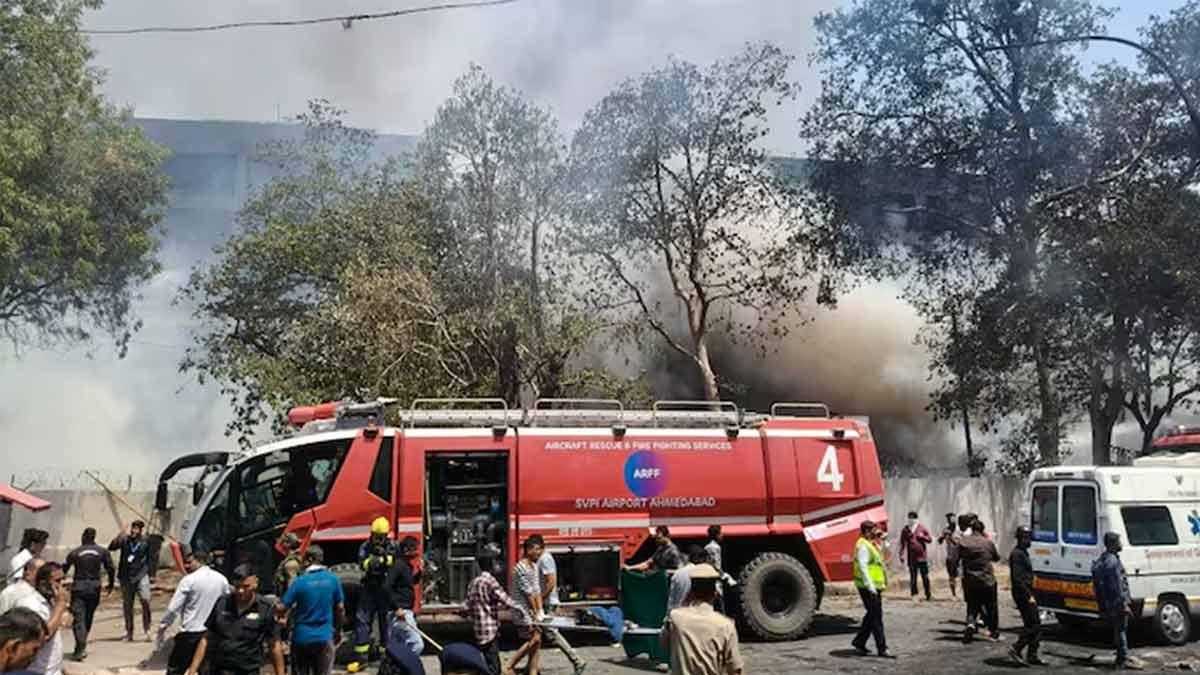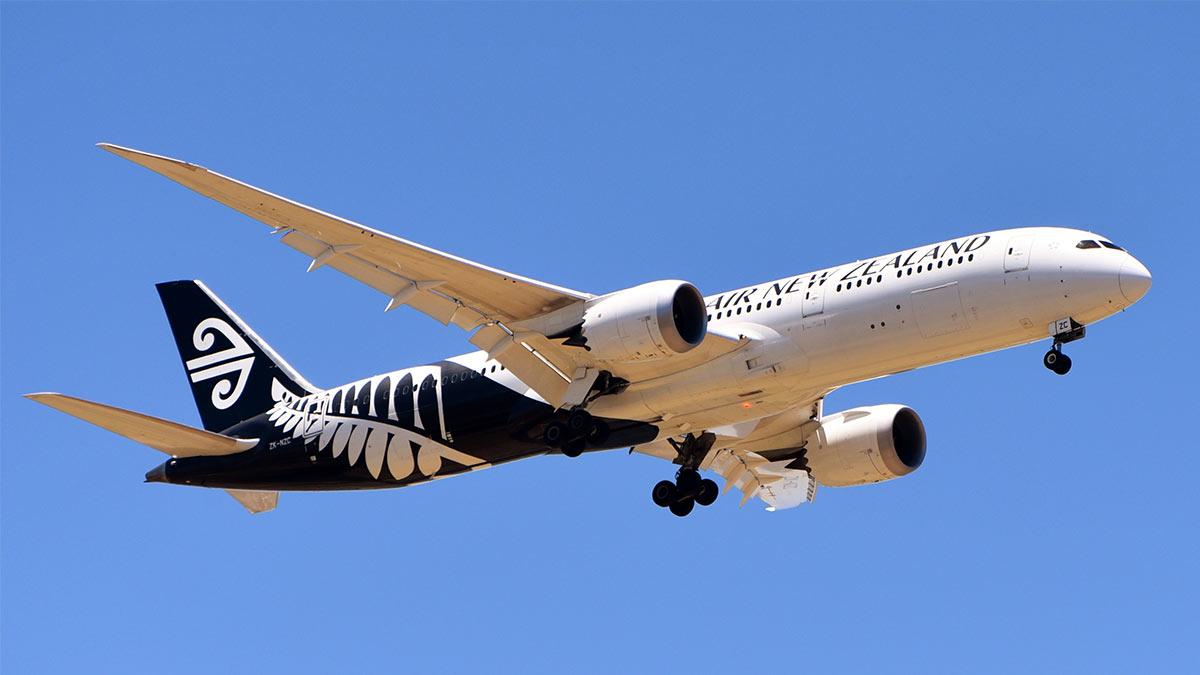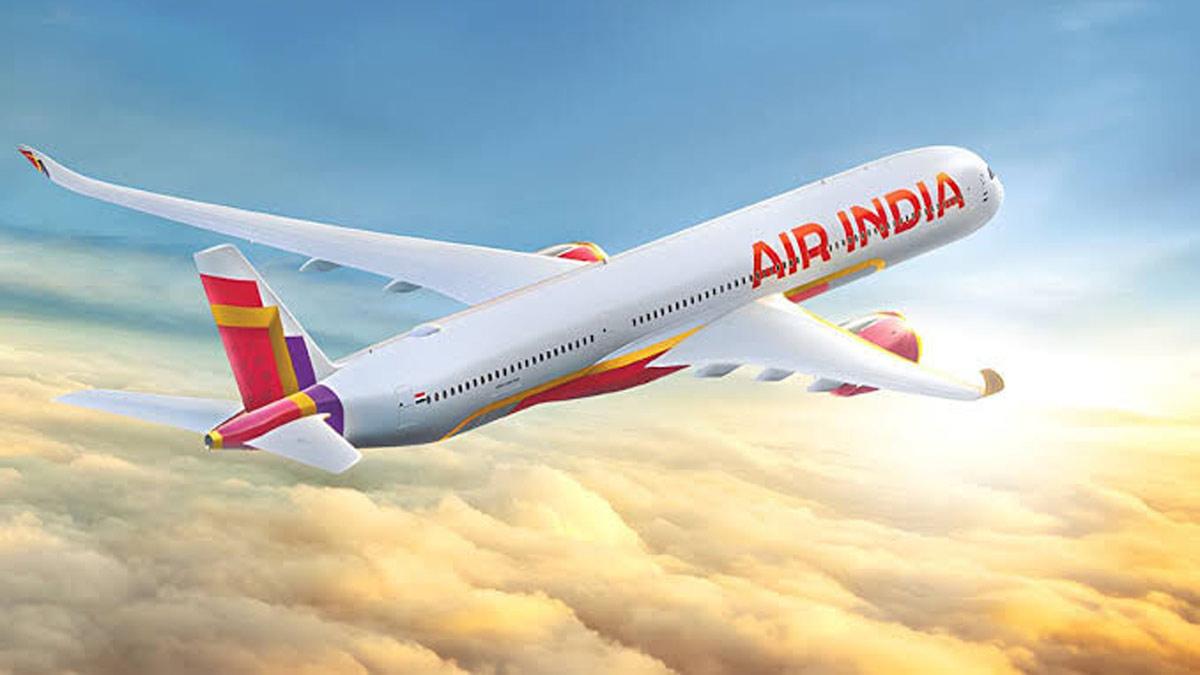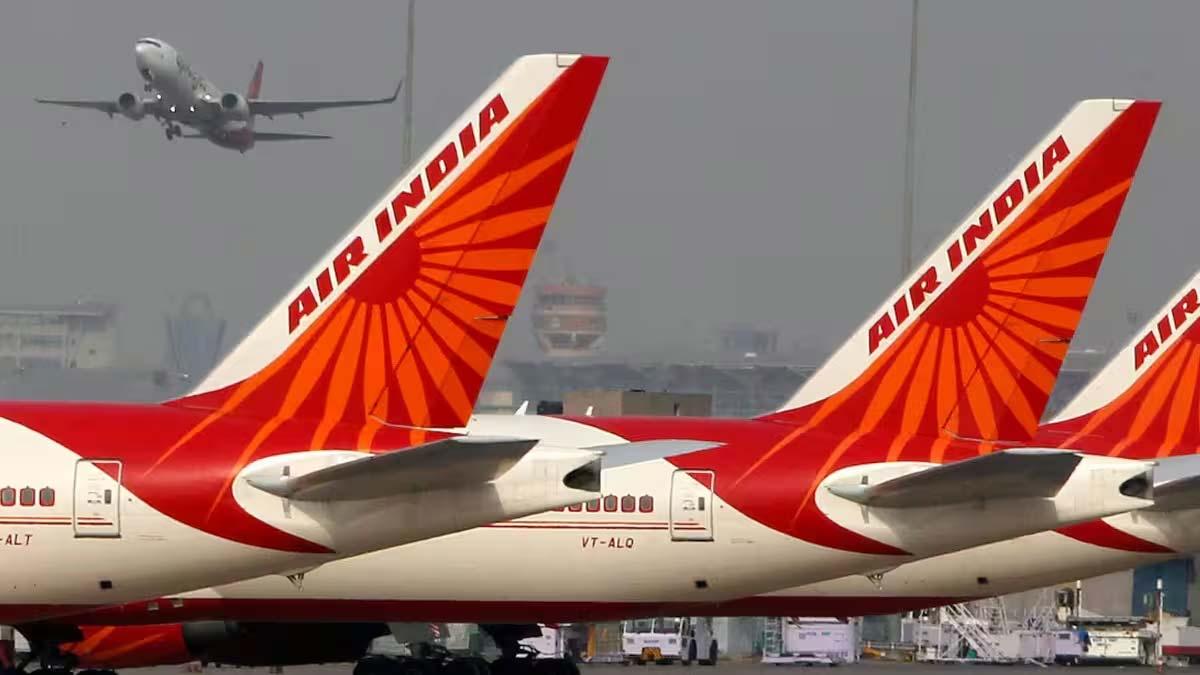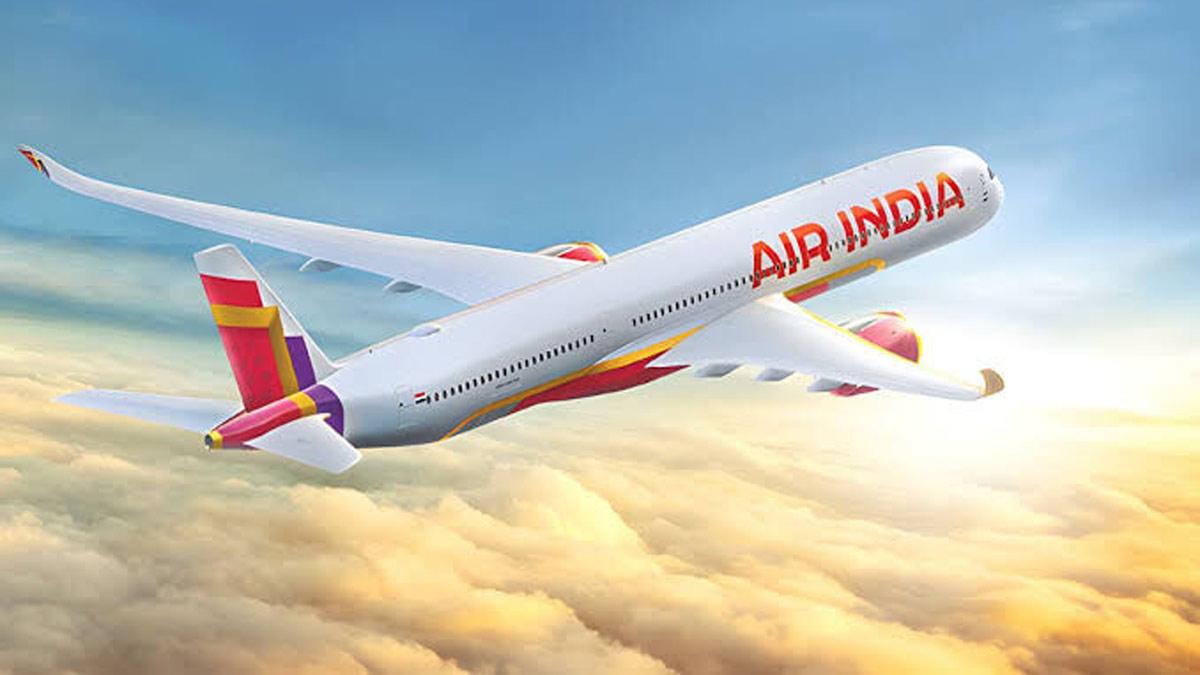Campbell Wilson, Air India's Managing Director, revealed on Thursday that both the engines of the Boeing 787 Dreamliner that crashed just minutes after taking off from Ahmedabad's Sardar Vallabhbhai Patel International Airport had been recently serviced.
The right engine was fully overhauled in March 2025, and the left one was serviced in April, he revealed.
The doomed plane was headed for London Gatwick and crashed just 36 seconds into flight. In a statement to Maharaja Club members, Wilson stressed that the plane had been "well-maintained," with its previous major inspection done in June 2023 and the next scheduled for December 2025.
He further stated that no mechanical problems had been found before leaving. The two pilots—Captain Sumeet Sabharwal and First Officer Clive Kunder—were extremely experienced, with a cumulative 13,400 flying hours.
Wilson's statement is intended to dispel mounting fears about Air India's fleet, especially its 33 Boeing 787 Dreamliners—32 now after the June 12 disaster. The reason for the crash is yet to be determined, but preliminary reports indicate a dual engine or total hydraulic or electronic systems failure. This is confirmed by evidence that the plane's Ram Air Turbine (RAT), an alternate system which activates on total power loss, deployed prior to impact.
Aviation specialists say that the health of an aircraft's engines doesn't always reflect their age—particularly the case with Genx-1B engines powering Boeing 787-8 aircraft. Former air accident investigator Kishore Chinta described such engines as having a Full Authority Digital Engine Control (FADEC) system that operates continuously and checks for anomalies, which alert operators.
However, Chinta noted that despite the advanced monitoring system, several engine components still need to be replaced regularly due to natural wear.
To the crash, Wilson affirmed that thorough safety checks have been carried out on the entire Dreamliner fleet. Out of the 32 remaining planes, 26 have been inspected and cleared to operate. However, he added that "enhanced pre-flight safety checks" would continue for all Boeing 787 planes, which led to a 15 percent reduction in the airline's widebody plane operations until at least mid-July.
He admitted that these extra safety measures, along with restrictions on flying paths over West Asia, have resulted in a surge in flight cancellations on Air India's long-haul flights.
Air India has cancelled 66 Dreamliner flights since the crash, with 22 on the day after the accident, according to the Directorate General of Civil Aviation (DGCA).
Devastating Impact of the AI-171 Crash
Flight AI-171 had 272 on board, including 10 flight personnel and the two pilots. The flight was also tanked up for its long-distance trip. Unfortunately, just one individual—a British-Indian passenger—survived the tragedy, managing to escape what most are referring to as a miracle.
The crash also killed at least 33 others on the ground, as the plane dropped quickly in altitude and struck the crowded Meghani Nagar neighborhood, less than two kilometers from the runway.
A local teenager's eyewitness video shoot from his rooftop became viral, showing the plane's engines in a high-pitched whine seconds before the plane crashed into residential buildings. A hostel for medical students was the worst affected. Graphic pictures emerging from the scene indicated the plane's tail had gone deep into the wrecked building.
Former Gujarat Chief Minister Vijay Rupani was among the passengers on the plane.
Flight Recorders Found
The investigators have also retrieved the flight data recorder and the cockpit voice recorder, also referred to as the 'black box.' They are likely to deliver essential information on what happened incorrectly during takeoff. Nevertheless, they were damaged during the collision and will need a sophisticated data recovery procedure.
It is still uncertain if this retrieval will take place within India or outside. If the devices are shipped to the United States for examination, Indian officials will be accompanying them to guarantee complete compliance with investigative measures.
Final Minutes of AI-171
The Civil Aviation Ministry stated that the flight departed at 1:39 PM on June 12. Just moments after takeoff, the crew in the cockpit informed Ahmedabad air traffic control of an engine thrust issue. The last transmission they had was hair-raising: "Mayday! Mayday! Thrust not achieved." After that, all radio contact was gone.
ATC repeatedly tried to reestablish communication, but in vain. Shortly after that, the jetliner had crashed into Meghani Nagar, hitting residential buildings and the college hostel, leaving a trail of destruction.
Read also| Government Holds Off on Sending Air India Crash Recorders Overseas for Analysis

